Chinese researchers are developing a 1.5-megawatt reactor that would be as tall as a 20-story building when expanded, enabling round-trip travel between Earth and Mars.
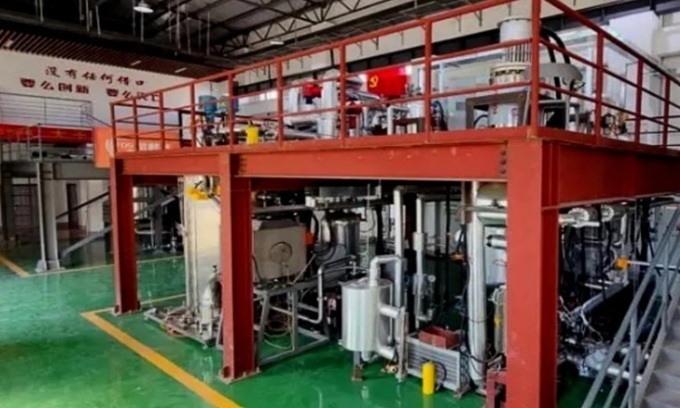
China's experimental lithium-cooled reactor prototype. Photo: Chinese Academy of Sciences
A collaborative project involving more than 10 research institutes and universities across China has made significant progress toward interplanetary travel with the development of nuclear fission technology, enabling large-scale exploration of Mars. In a paper published in the journal Scientia Sinica Technologica of the Chinese Academy of Sciences, the team said their prototype lithium-cooled reactor system had passed several initial ground tests, Sun reported on March 19.
The test results confirmed several key technological solutions that Chinese scientists and engineers devised to shrink the megawatt-sized reactor, which is seven times more powerful than the system built by NASA, to unprecedented size. When fully deployed in space, the 1.5 megawatt reactor, including its heat sink, could be as tall as a 20-story building. But on the ground, it would fold into a container weighing less than 8 tons.
The design makes the reactor system easy to place and launch on a rocket, according to the team led by Wu Yican, a scientist at the Academy of Sciences. The reactor can also maintain stable operation in the harsh environment of space for long periods of time. The high-power power source will make round-trip travel possible for both astronauts and cargo, paving the way for large-scale exploration of the Moon and Mars, according to the paper.
Some scientists estimate that a nuclear-powered spacecraft could complete the round trip between Earth and Mars in just three months. The scientific community now agrees that this technology is essential for interplanetary missions. By contrast, a fossil-fueled spacecraft like the Starship system being developed by the US company SpaceX could take at least seven months to reach Mars, according to some estimates. The Starship rocket is central to NASA’s plan to land astronauts on the moon by the end of this decade, as well as SpaceX CEO Elon Musk’s ambitions to colonize Mars. But a one-way trip to the red planet would require a massive life-support system.
NASA’s Artemis program plans to put a nuclear reactor on the moon and use similar technology to build a fleet of spacecraft to colonize Mars. The European Union has initiated three projects to develop nuclear-related space technology. Russia has also restarted its Cold War-era nuclear-powered spacecraft project. According to Wu’s team, Russia is making the fastest progress in research and development of several key technologies in the field, including nuclear fuel for space.
The Chinese reactor will heat up to 1,276 degrees Celsius through the fission of uranium fuel, far exceeding the operating temperature of most commercial nuclear plants, the researchers said. The intense heat will expand liquids of inert elements such as helium and xenon into gases, which will power generators. The chain reaction produces fast neutrons, allowing for efficient and continuous power supply for at least 10 years. By using liquid lithium, the team can make the reactor smaller due to the element's high thermal conductivity and low weight.
Heat exchangers and radiation shields typically take up a lot of space in a reactor design, but Wu and his colleagues say they have developed technology that combines the two into one. The reactor’s heat exchanger is made of a tungsten alloy, which can efficiently transfer heat in the circuit while blocking harmful radiation, according to the paper. Other new technologies include high-temperature corrosion-resistant materials. At this stage, the reactor prototype’s heat source is an external power supply. The team’s plan is to add nuclear fuel rods to make the reactor fully operational in the next stages of the testing program.
The test helped to demonstrate the feasibility of combining a lithium-based cooling system with the Brayton generator, which was developed in the 19th century as a piston engine and widely used in powered space flight. A major focus for further research and development is the safety of the reactor during launch and operation. It is imperative that there is no risk of a nuclear explosion even if the reactor falls back to Earth. The project team also plans to apply artificial intelligence to the long-term autonomous operation of the reactor in space, using automatic diagnostics and troubleshooting technology.
An Khang (According to Sun )
Source link





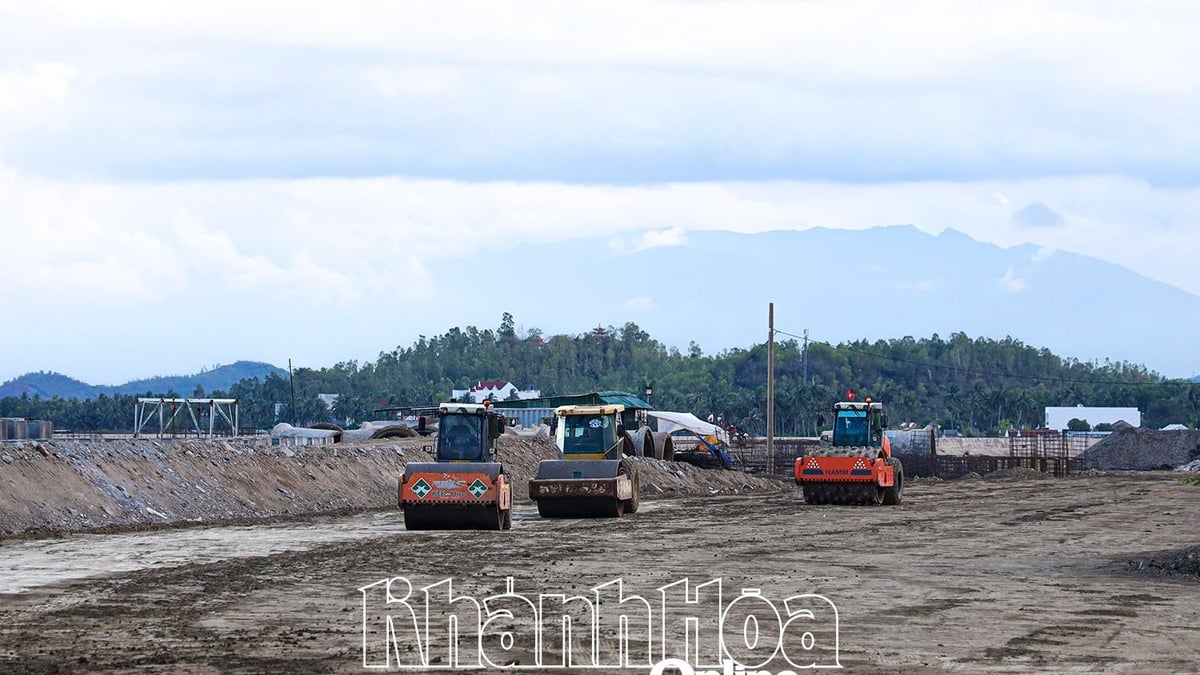



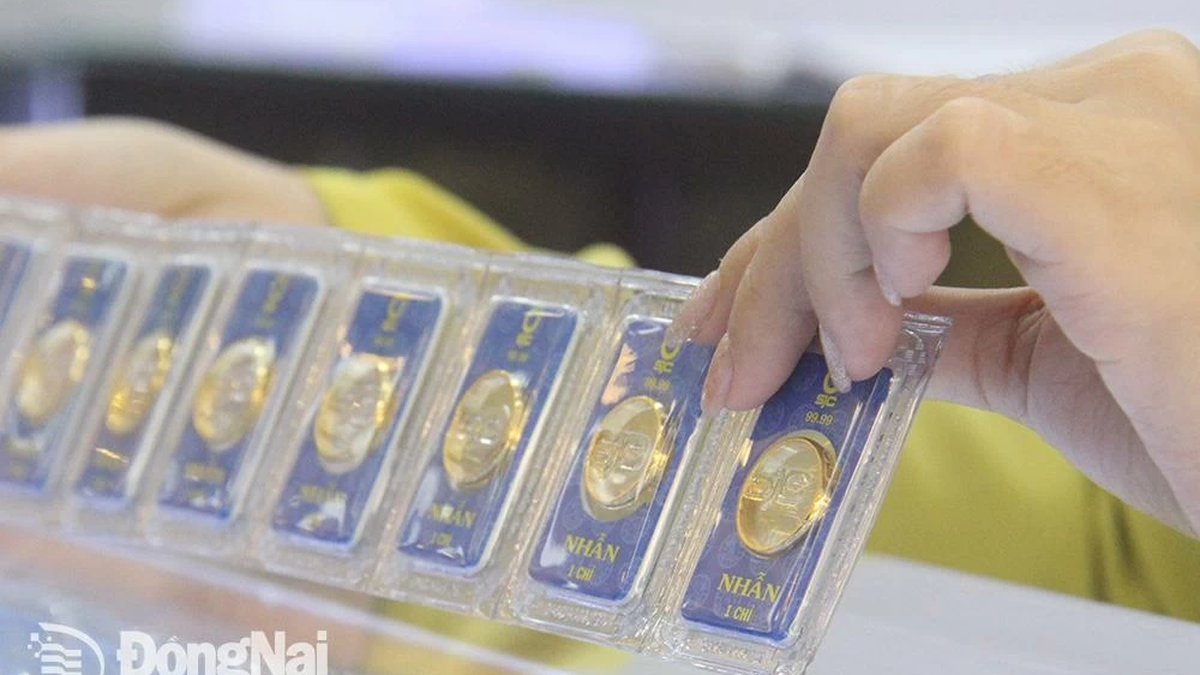



















![[Photo] Signing of cooperation between ministries, branches and localities of Vietnam and Senegal](https://vphoto.vietnam.vn/thumb/1200x675/vietnam/resource/IMAGE/2025/7/24/6147c654b0ae4f2793188e982e272651)











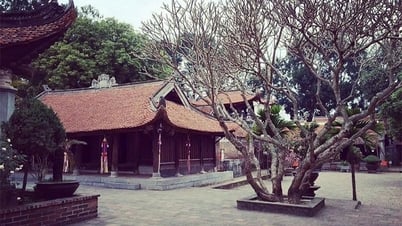




























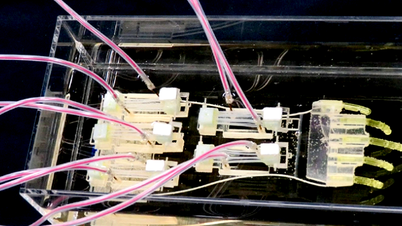


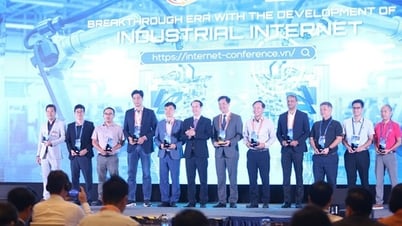




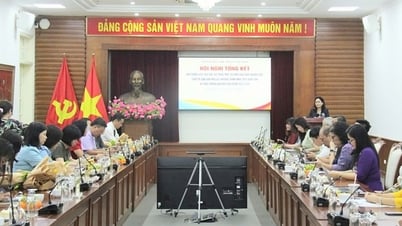

























Comment (0)